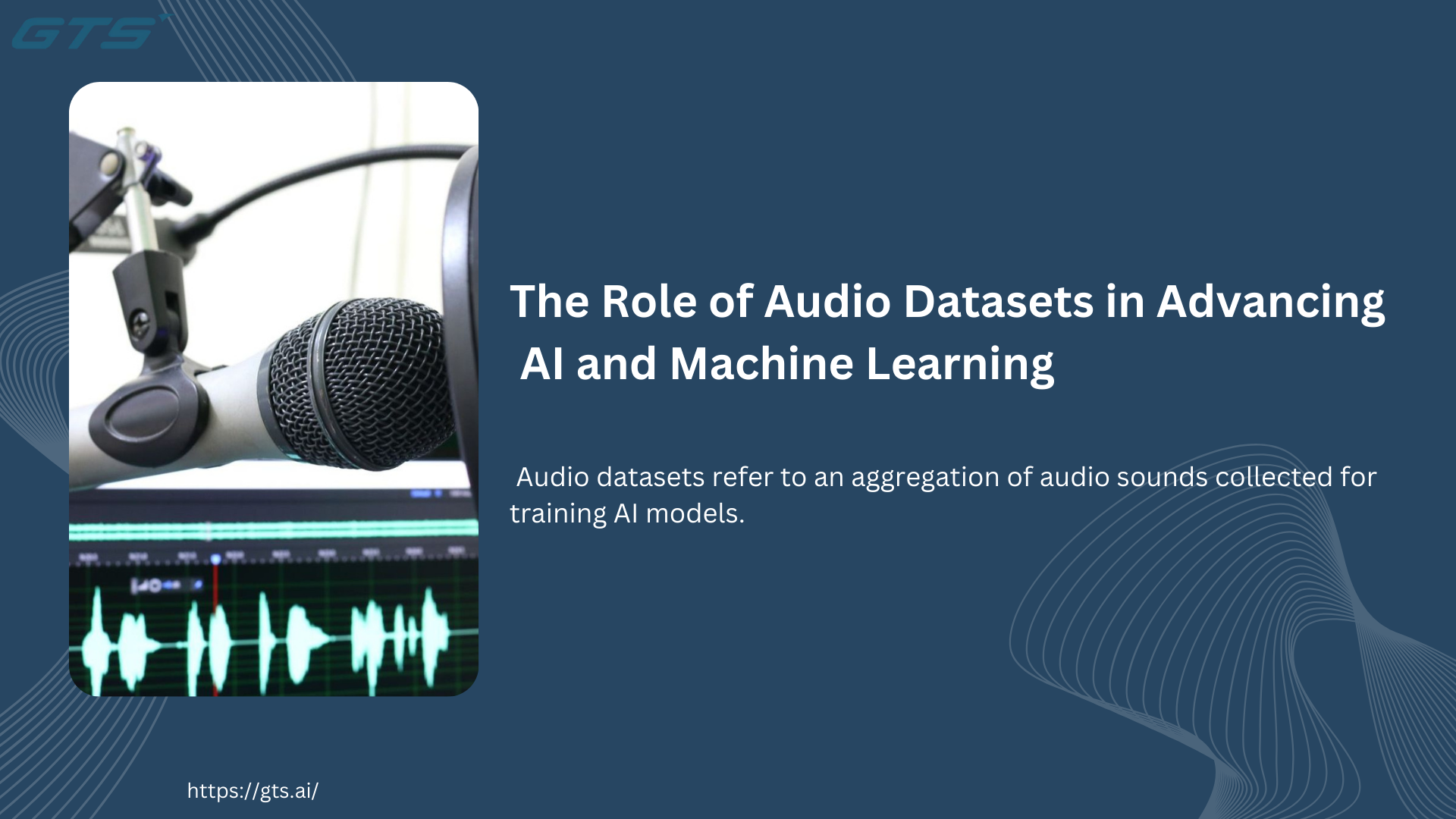Introduction:
The need of the hour is to derive intelligence from the universe of data as AI and ML evolve quickly with each passing day. One of the most vital aspects of this data is audio. Audio datasets form a major backbone in giving a significant performance boost to applications like speech recognition, natural language processing, etc. With technology in the field of AI becoming dominant in myriad industries, encompassing those ranging from healthcare to customer service, the need of the hour for amassing accurate and comprehensive audio data was palpable.
What This Means
Audio datasets are simply the grouping of sound recordings used for training an AI model. Within them exist audio files labeled with specific information per its transcriptions and speaker identifiers, as well as contextual tags. Such collections become the multilayered, olfactory bracelet for training machine learning models that allow comprehension of, processing of, and acting upon an auditory input. These audio datasets are of great significance while training AI systems for various tasks including ASR, voice-assistants, sentiment analysis, and speech-to-text transcription. For instance, in massive data collections, trained AI systems can recognize various languages and dialects along with the emotional tone of the speech. Such a skyscraping evaluation opens windows for AI-based-inclusivism and real-time accurate serviceability.
The Rapid Increase in Demand for Audio Data
The growing popularity and acceptance of virtual assistants, voice-controlled devices, and real-time transcription services have seen an upsurge in the demand for high-quality, accurately-labeled audio datasets. Companies now prefer niche-based services by organizations like Globose Technology Solutions (GTS) that provide audio data collection and annotation services. The team at GTS specializes in collecting and processing information via a huge variety of audio data for many applications like transcriptions, speech analysis, and multilingual datasets.
As businesses deploy AI for customer service, data analysis, and other functionalities, they depend on companies like GTS for high-quality human-labeled audio datasets that improve AI systems' accuracy and efficiency. To make high-end datasets tailored to clients' requirements, GTS relies on painstaking data labeling and human-in-the-loop methodologies.
Applications of Audio Datasets
The application of audio datasets ranges across innumerable fields that improve speech-based technologies.
- Healthcare: Speech recognition technology is fundamental to medical transcription services where highly accurate, available, and error-free audio datasets must ensure general correctness of medical records. AI will eventually provide assistance to doctors by converting their voice recordings into text for saving time.
- Customer Service: Voice assistants like Siri, Alexa, and Google Assistant rely heavily on audio datasets for training. Using extensive collections of diverse audio segments, the systems conduct queries accurately, providing contextual responses and understanding accents and local speech patterns.
- Entertainment and Media: Audio data sets for voice synthesis, audio analysis in movies and games, and even music recommendation systems. With varied datasets, AI models can train these systems to provide the user with an immersive experience.
Security and Surveillance: In security applications, audio datasets will train AI models to detect suspicious sounds, like broken glass or loud noises, thus enhancing security surveillance in public places.
Challenges in Audio Dataset Collection
While the potential of audio dataset creation is enormous, their collection is fraught with challenges. A prime impasse here is to ensure the diversity of data: one building an audio dataset cannot but include a multitude of accents, dialects, languages, and background noises; otherwise, there is every likelihood that the trained models may not work well in diverse environments and scenarios.
Additionally, data labeling is a very important process because it is one of the most crucial, involving human annotators with enough skills to answer verbal questions or concerns across accents and the fine details related to speech. Companies like GTS come to the rescue here, offering expert audio transcription and annotation services to ensure that the datasets actually work and possess accuracy.
About GTS and Audio Dataset Solutions
At Globose Technology Solutions (GTS), we value and appreciate the significance of audio data, with our team excelling in the speech data collection prone to transcription, classification, and segmentation to lay solid groundwork for machine-learning models. If audio data will be used for ASR, sentiment analysis, or other voice-related applications, don't hesitate-GTS tailored solutions meet customers' needs. With our expert industry knowledge and a hard-won quality assurance approach, every dataset we deliver is precise, multi-faceted, and ready for advanced AI systems. We serve industries such as healthcare, retail, technology, and finance by bringing it the audio datasets with which it might innovate and upgrade user experiences.
Conclusion
Therefore, it is an ever-growing importance since the use of audio datasets was revitalized in conjunction with the rising trend of AI, applicable across industries. Partnering with leading companies like Globose Technology Solutions allows businesses to gain access to high-quality, diverse audio data to drive accurate and efficient machine learning models. By leveraging GTSs expertise in data collection and annotation, industries can fully leverage the potential of audio datasets to open up opportunities for smarter, more intuitive AI applications.









